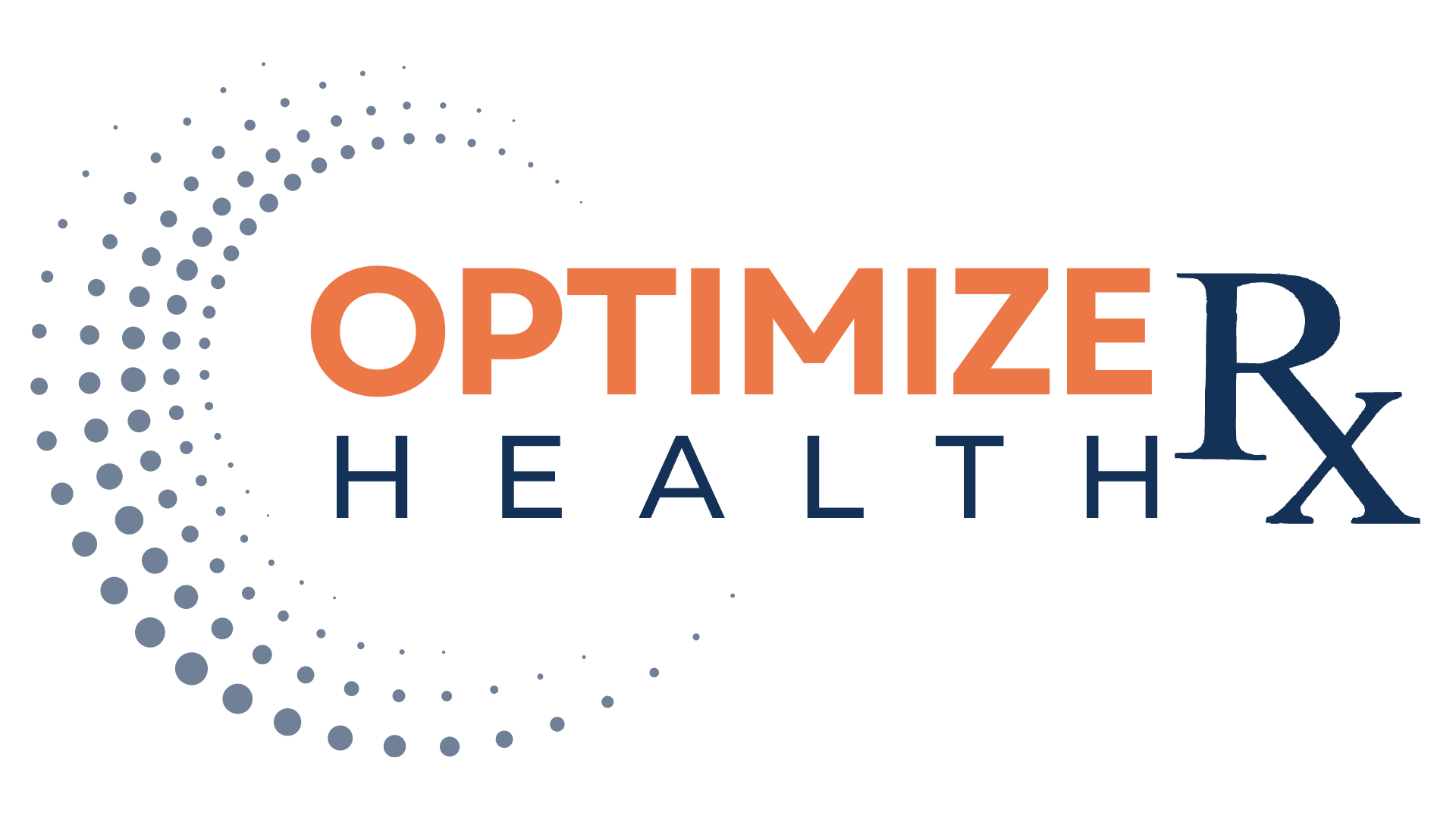
- Tips
- July 20,2023
- BY Jasmine Martin
- 0 Comments
As the number of mental health cases are increasing across the world, antidepressants are being utilized more and more. Since the early 2000’s, antidepressants such as SSRI and SNRI’s have become widely popular for treating various conditions. Although antidepressants are often mistakenly defined by their name “anti – depression” the medications are used to treat a plethora of underlining conditions both indicated for treatment of mood disorders and off label indications by the Federal Drug Administration (FDA). General anxiety, Panic disorder, OCD, PTSD, stress, eating disorders, bi-polar, Fibromyalgia, migraines, IBS, vasomotor symptoms, Insomnia – just to name a few.
“Excellent practice with highly trained clinicians who truly care about their clients’ well-being. Highly recommend to anyone seeking psychotherapy!”
Rebecca Johnson, CA, USA
Selective Serotonin Reuptake Inhibitors (SSRIS) and Selective Norepinephrine Reuptake Inhibitors (SNRI)’s are comprised of neurotransmitters such as serotonin and norepinephrine to regulate symptoms. Our common antidepressants to also include Tricyclic antidepressants (TCA) are metabolized either by CYP2D6, CYP2C19 or both. Because these medications typically take about 6-8 weeks at minimum, to provide symptom improvement for mood, providers can save time and money by understanding drug metabolism, and selecting the best option based on their patients drug metabolism. Serotonin receptors are located at various sites throughout the body, such as the brain, platelets, stomach, cortex, smooth muscle, hippocampus, raphe nuclei. All of which are responsible for common medication side effects present often noted early on with patients between the 2-4 week mark. These include; sedation, insomnia, orthostatic hypotension, headaches, GI distress, weight gain, sexual dysfunction, QT prolongation, elevated pressure to name a few.
Furthermore, Clinical Pharmacist’s can help with medication management through PGX application and medication education. The clinical pharmacist’s primary role in PGx application is to apply CYP2D6 and CYP 2C19 test results to each individual patient based on drug metabolism. Pharmacists are experts in drug knowledge as well as pharmacokinetics and dynamics. With PGx testing, we are able to determine which medication is most appropriate for our patient. We have access to medication histories, and current regimens through medication reconciliation. Of note, a few things to consider with this approach, clinical pharmacist can look at the entire patient through the lens of medication management and determine an optimal drug regimen, for each individual based on drug metabolism, drug gene interaction, drug-drug interaction, competitive inhibition at the receptor site and phenotype conversion. The goal is to optimize medication therapy and wellness.
In summary, PGX application by a clinical pharmacist is an integral part of medication management within BEH clinics and should be considered. Find out how Optimize health RX can help.




